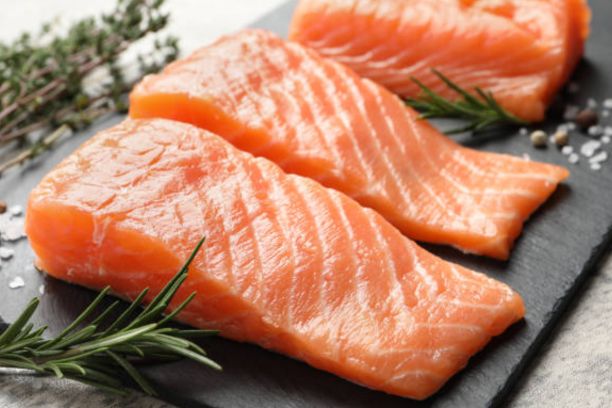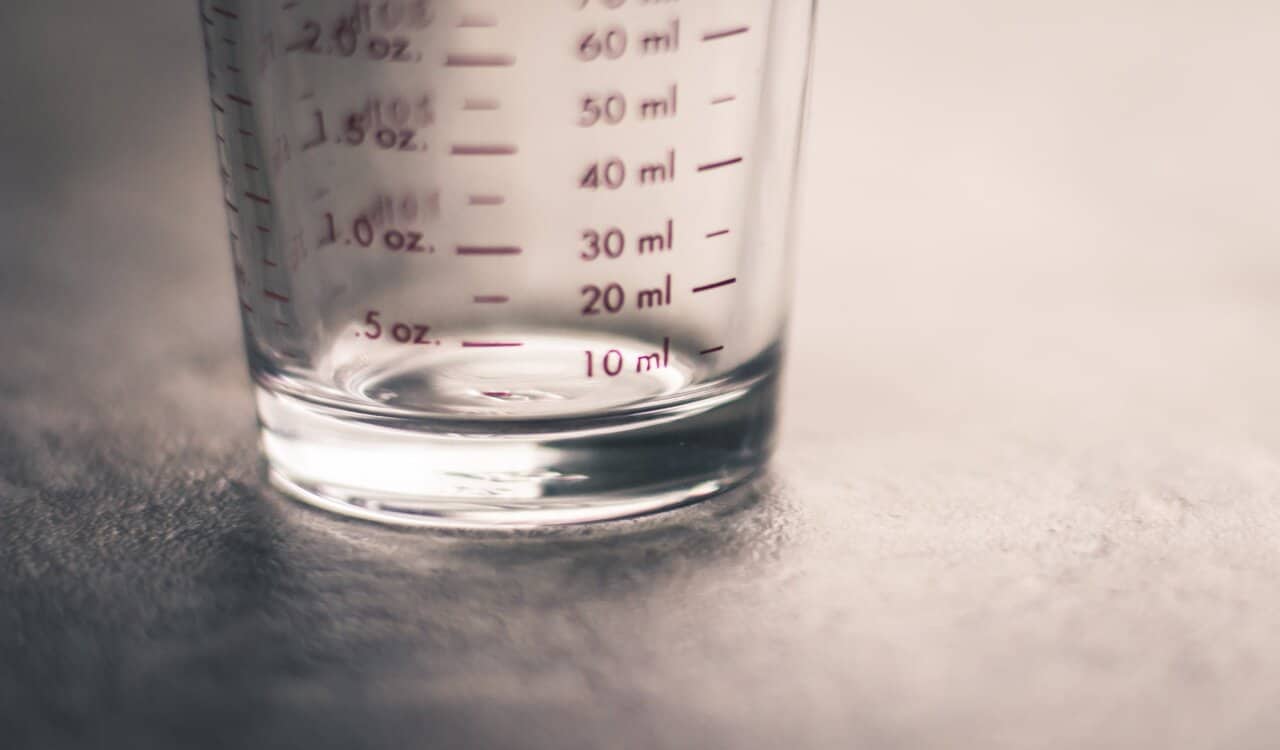How to remove skin from salmon? Ah, you’re stepping into the gourmet arena, my friend! Look, salmon is delish, no doubt, but sometimes that skin can be a bit too, well, fishy. Or maybe you’re just aiming for a leaner dish.
Whatever the reason, taking off that salmon skin is a skill worth mastering. No Michelin stars are required—just you, a sharp knife, and your kitchen counter. Stick around, and we’ll turn you into a salmon-skin-removing pro in no time!
Table of contents
Are you supposed to eat salmon skin?
Ah, the age-old question: to eat or not to eat salmon skin? Well, guess what? You absolutely can, and some folks even consider it a delicacy!
The skin packs a punch of flavor and is rich in omega-3 fatty acids. So, it’s not just tasty, but it’s good for you too. However, there’s a catch. Make sure your salmon is sourced from a reputable place because the skin can also absorb pollutants from the water.
So, if you trust where your fish is coming from and it’s cooked to crispy perfection, go ahead and enjoy every bite, skin and all!
Read: What Does Brisket Come From? How to Cook It
How to remove skin from salmon before cooking
So, you’ve decided to go skinless for your next salmon dish? No worries, removing that slippery layer is easier than you think. First, you’ll want to arm yourself with a sharp, flexible knife—like a boning or filleting knife. Lay the salmon fillet skin-side down on a sturdy cutting board.
Make a small cut between the flesh and the skin at one end of the fillet. Now, here’s the trick: hold onto that little flap of skin you’ve just cut, and slide your knife between the skin and flesh, angling it slightly downward.
Gently but firmly, move your knife along, separating the skin as you go. Voilà! You’ve got yourself a beautiful, skin-free salmon fillet ready for culinary magic!
How do you remove salmon skin without a knife?
No knife? No problem! You can still part ways with that salmon skin using some good old-fashioned ingenuity. Here are a couple of methods to try:
- Cook and Peel: Season your salmon fillet and cook it skin-side down in a non-stick pan. Once it’s fully cooked, you’ll find that the skin often sticks to the pan while the flesh lifts off effortlessly. Just use a spatula to separate the cooked flesh from the skin, and you’re good to go!
- Tong Technique: Cook your salmon on a grill or in a pan skin-side down. When it’s almost fully cooked, use a pair of tongs to grip one end of the skin. Gently pull it away, and it should come right off, especially if the skin side is well-cooked.
Both methods work because the skin contracts and separates from the flesh when heated. Just remember to use a non-stick surface to make your life easier.
Also, read: 21 Places Where They Cook in Front of You
Does boiling water remove salmon skin?
Boiling water isn’t the go-to method for removing salmon skin, and here’s why: When you boil salmon, the skin tends to adhere even more firmly to the flesh, making it a bit tricky to separate the two. Also, boiling can overcook your salmon, leaving you with a less-than-appetizing, flaky mess.
While it might technically be possible to remove the skin after boiling, the process would be far from ideal and could compromise the texture and flavor of your fish. So, if you’re looking to go skinless, other methods like pan-cooking or using a knife are generally more effective and easier.
How do you remove the skin from frozen salmon?
Frozen salmon—a busy cook’s best friend! But what to do when that icy fillet comes wrapped in a layer of skin? Don’t sweat it; you’ve got options:
- Partial Thaw Method: Let the salmon sit out just long enough for it to soften slightly but not fully thaw. Use a sharp knife to carefully slide between the skin and flesh, just as you would with a fresh fillet. The skin should come off pretty easily.
- Hot Water Quick-Thaw: Fill a bowl with warm water and immerse the frozen salmon for a few minutes until it softens a bit. Then proceed with the knife method to remove the skin.
- Baking Sheet Trick: Place the frozen salmon skin-side down on a baking sheet in the oven at low heat (around 250°F or 120°C). Check it after 5-10 minutes. The skin will often separate naturally as the fish thaws and begins to cook, making it easy to peel off.
Remember, the key is to find that sweet spot where the fish is just thawed enough to work with but not so much that it loses its firmness. Happy skinning!
Also, read: How Many Cookies Are in a Package of Oreos?
FAQs
Removing skin when baking salmon is totally up to you! Some people love the crispy texture and extra flavor the skin provides, while others prefer their fillets skinless for a leaner dish.
You can remove salmon skin either before or after cooking, depending on your personal preference.
People remove salmon skin for various reasons: to reduce fishy flavor, achieve a leaner texture, or for dietary concerns.
Conclusion
There you have it, folks—your ultimate guide to ditching that salmon skin! Whether you’re wielding a knife like a pro or getting crafty without one, you’re now equipped with the know-how to enjoy your salmon just the way you like it. So go ahead, make that skinless salmon masterpiece!
References
- taste.com.au – How to remove skin from salmon
- allrecipes.com – Remove Salmon Skin In Two Seconds






